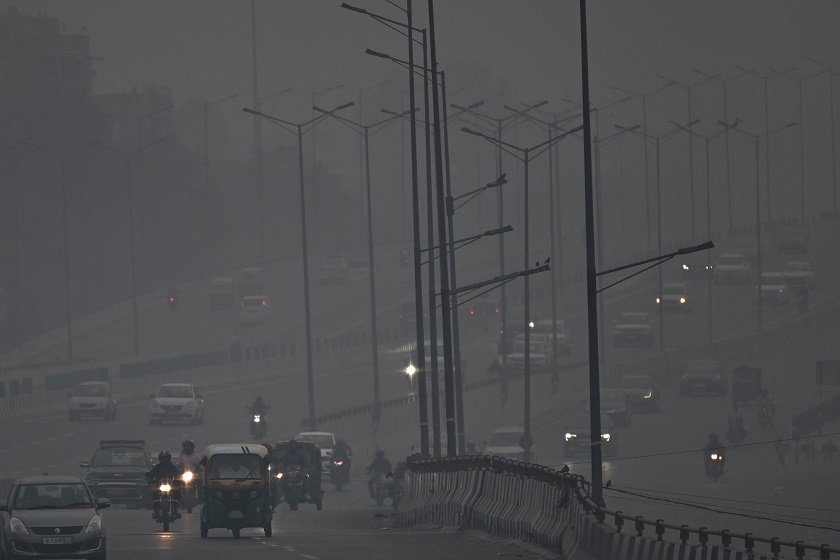
The planned cloud seeding operation in India’s national capital, Delhi, scheduled for Wednesday, was postponed due to insufficient atmospheric moisture, officials from the Indian Institute of Technology (IIT) Kanpur confirmed.
Cloud seeding is an advanced weather modification technique that involves dispersing selected particles such as silver iodide or sodium chloride into clouds via aircraft or other means to induce or enhance rainfall.
In an official statement, IIT Kanpur said:
“This process is highly dependent on favorable atmospheric conditions. Since the humidity level was only around 15–20 percent, we could not induce rainfall yesterday. However, the experiment provided valuable scientific insights.”
Monitoring stations in Delhi tracked real-time changes in particle concentration and humidity levels. Data indicated a measurable reduction of 6–10 percent in PM2.5 and PM10 levels, suggesting that cloud seeding may still contribute to improving air quality even under limited moisture conditions.
Delhi’s Environment Minister, Manjinder Singh Sirsa, said:
“By adopting cloud seeding as a tool to combat air pollution, Delhi has taken a science-first and unprecedented step. Our focus is to evaluate how much rainfall can be achieved under real-life humidity conditions.”
The experiment involved two flights—one from IIT Kanpur and another from Meerut Airfield—covering areas including Khekra, Burari, North Karol Bagh, Mayur Vihar, Sadakpur, and Bhojpur.
Each flare weighed approximately 0.5 kilograms, and eight flares were released per discharge using a specially designed mixture intended to enhance rain formation. Although the humidity level (15–20%) was below the desired threshold, scientists stated it was still adequate for meaningful testing.
Minister Sirsa added:
“Based on the available moisture and scientific forecasts, rainfall may occur within the next 24 hours after the seeding. Preliminary radar readings and ground observations recorded light showers—0.1 to 0.2 millimeters—around the Delhi-Noida border at about 4 p.m., indicating a positive response to the cloud seeding attempt.”




